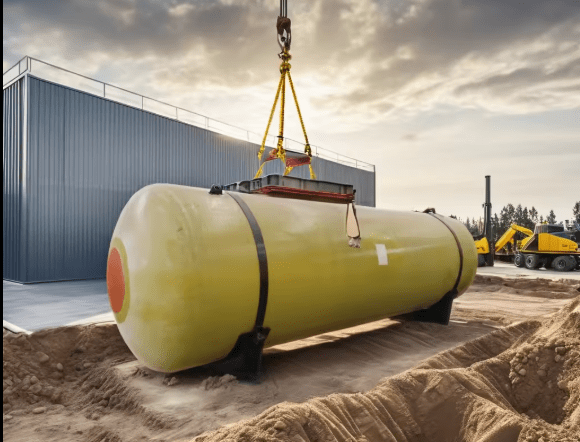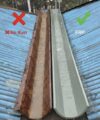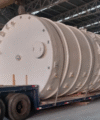
10 Powerful Reasons to Choose FRP for Your Industrial Tanks
When it comes to industrial storage, selecting the right tank material can make or break your operation. From handling harsh chemicals to storing wastewater or volatile liquids, the demands placed on your tanks are significant. That’s why more industries are turning to FRP (Fiberglass Reinforced Plastic)—a proven material that checks all the boxes for durability, flexibility, and performance.
If you’re exploring tank options, here are 10 compelling reasons why FRP is the superior choice for your next storage solution.
1. Unmatched Corrosion Resistance
FRP tanks provide exceptional resistance to corrosion, making them the ideal solution in chemical processing, water treatment, and other harsh environments. Unlike steel tanks, which are prone to rust, FRP tanks stand up to corrosive materials and harsh conditions with ease—extending tank life and reducing replacement frequency.
2. Lightweight Yet Strong
One of the major advantages of using FRP for tanks is its lightweight nature. Despite their reduced weight, FRP tanks maintain impressive structural integrity. This makes transport, handling, and installation easier and more cost-effective—especially for projects in remote or hard-to-reach locations.
3. Outstanding Strength-to-Weight Ratio
Though lightweight, FRP tanks are remarkably strong. They offer high tensile strength and load-bearing capacity, making them suitable for demanding industrial environments. The excellent strength-to-weight ratio of FRP ensures your tank remains structurally sound under pressure.
4. Fully Customizable
Need a tank built to your exact specifications? FRP allows for complete customization in size, shape, and features. Whether you require extra fittings, reinforcements, or specialty linings, FRP tanks can be engineered to fit your unique requirements.
5. Minimal Maintenance Needs
Unlike steel tanks that may require frequent repainting or rust treatment, FRP tanks require little to no maintenance. Their non-corrosive nature eliminates many common upkeep issues, saving you time and money across the lifespan of the tank.
6. Built-in UV Resistance
FRP tanks are naturally resistant to UV radiation. This makes them perfect for outdoor installations, as they maintain their strength and appearance without the need for extra coatings or protective layers—even under prolonged sun exposure.
7. Environmentally Friendly Material
Because FRP does not corrode or leach harmful substances, it’s considered a more eco-conscious material. FRP tanks offer safe storage of chemicals without contaminating the surrounding environment—making them ideal for sustainable operations and environmentally regulated industries.
8. Seamless, Leak-Proof Design
Many FRP tanks are built with a seamless construction, reducing the risk of leaks that are common in bolted or welded tanks. This seamless design ensures optimal containment and protection from spills, contributing to operational safety and efficiency.
9. Applicable Across Multiple Industries
The versatility of FRP makes it a preferred material for a wide variety of applications. From oil and gas to agriculture, pharmaceuticals, and water treatment, FRP tanks are trusted across countless industries for their adaptability and performance.
10. Long-Term Durability
When properly installed and cared for, FRP tanks can last decades. Their ability to withstand chemical exposure, environmental stress, and mechanical loads means FRP delivers long-term value and peace of mind.
Conclusion: FRP Tanks Offer Smarter Storage
With its unique blend of strength, flexibility, and durability, FRP is quickly becoming the industry standard for tank construction. Whether you’re planning a new installation or replacing outdated equipment, choosing FRP for tanks is a smart, future-proof decision.
Let FRP work for your operation—delivering the performance, reliability, and cost-effectiveness your industry demands.
[gtranslate]






